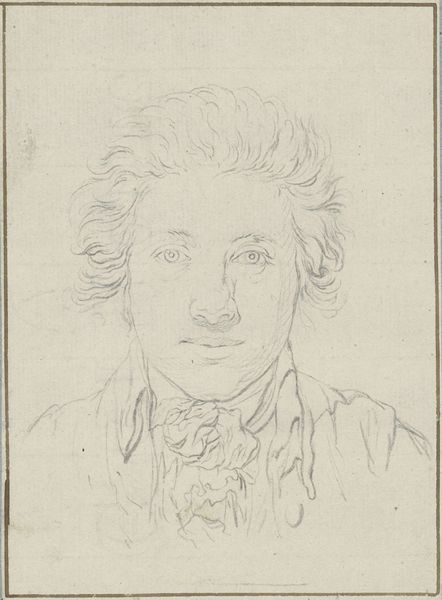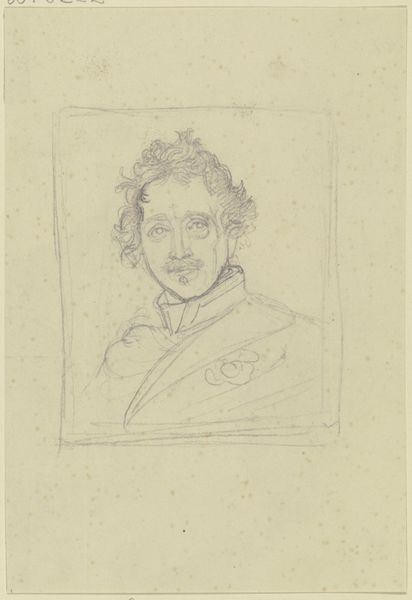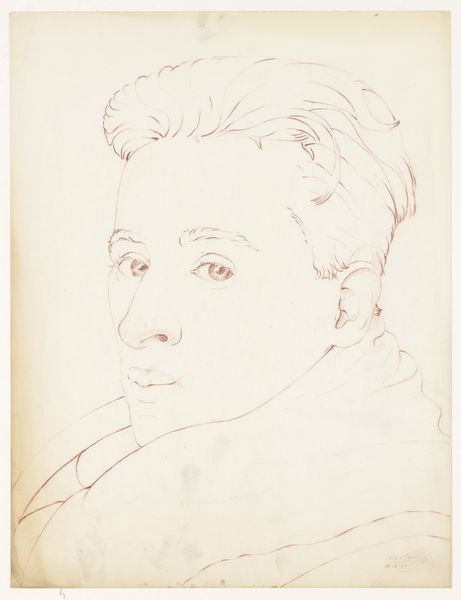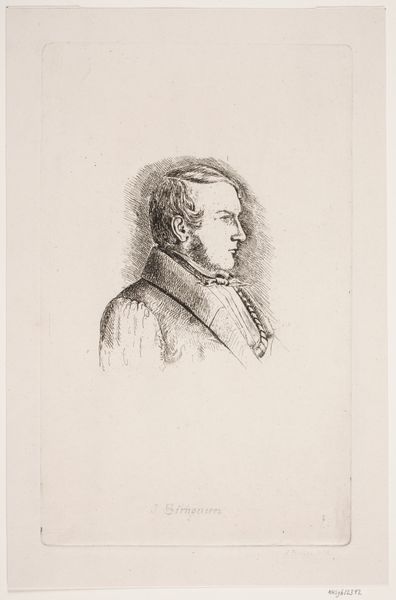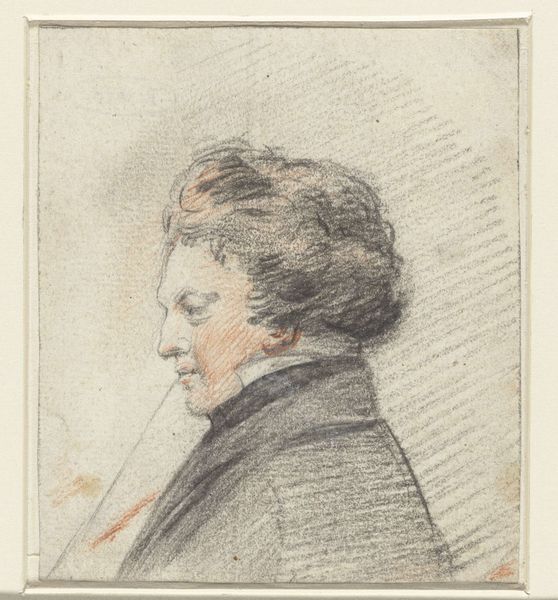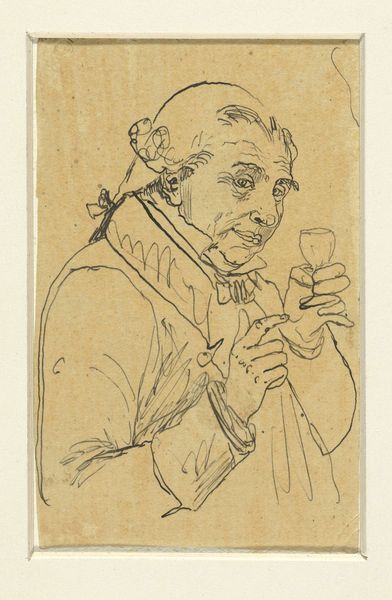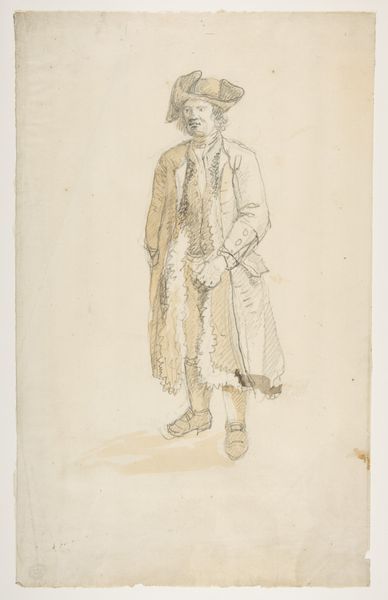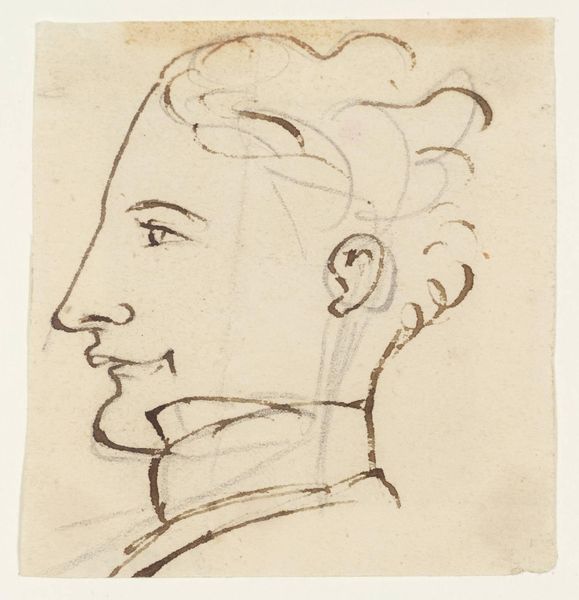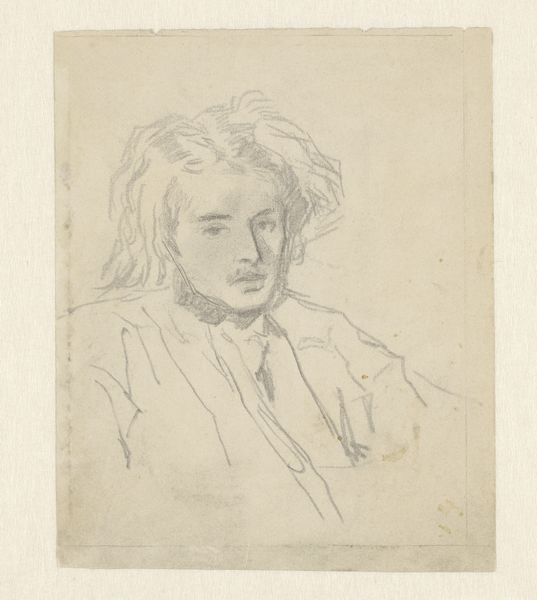
drawing, pencil
#
portrait
#
drawing
#
caricature
#
pencil
#
portrait drawing
#
academic-art
#
realism
Dimensions: height 133 mm, width 96 mm
Copyright: Rijks Museum: Open Domain
This pencil drawing, Portret van Pt. Paulus, was made by Frederik Hendrik Weissenbruch in the Netherlands, though the exact date is unknown. This sketch gives us insight into the social function of portraiture in 19th-century Dutch society. Through visual cues like the sitter’s tailored jacket and carefully styled hair, Weissenbruch signifies Paulus's status. Artists at this time were dependent on the patronage of wealthy individuals and institutions. Making portraits was a way to signal their skill, and to gain social currency and financial stability. The Rijksmuseum itself, where this drawing is housed, is an institution that plays a significant role in shaping our understanding of Dutch art history. To fully understand the social dynamics represented, one can look at archival records, letters, and economic data to uncover the relationships between artists, patrons, and institutions. These resources provide valuable context for understanding the making and meaning of art.
Comments
No comments
Be the first to comment and join the conversation on the ultimate creative platform.

